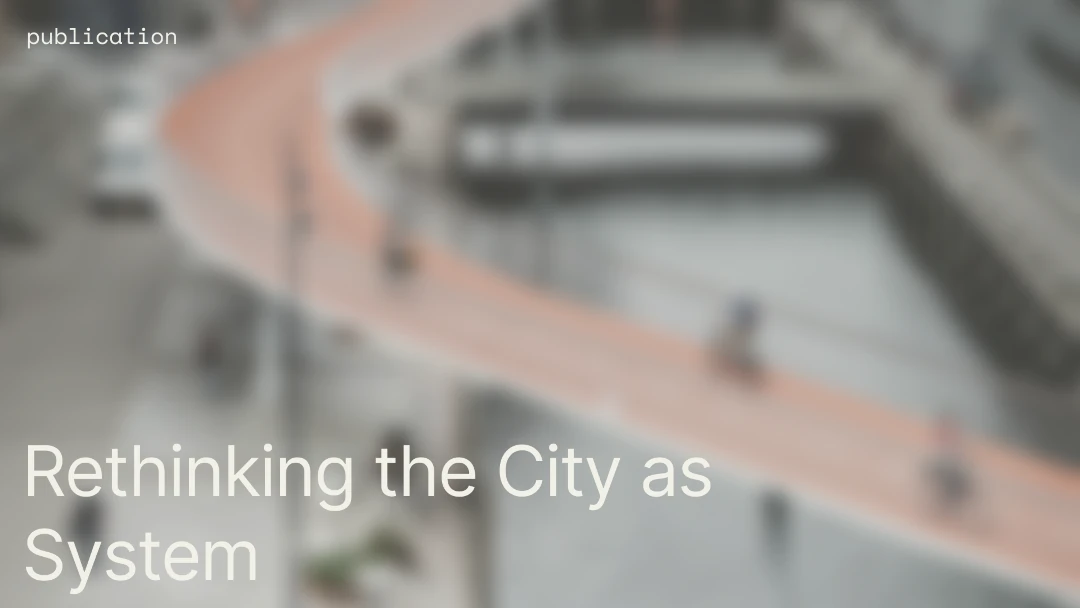
About
After secondary school, Lars Keller decided he didn't want to be a specialist, but instead be a generalist. He focused on socio-economics and became part of a group interested in developing a sustainable way of building healthier homes both for the people living in them and the planet. The idea was to use as little processed materials as possible and opting instead for local and natural ones. Then, 10 years ago Lars decided to get into the commercial building sector to be as influential as possible in changing the agenda on how to build, using the network and knowledge he had acquired in building natural homes.
This is how EcoCocon Denmark was born. At the moment, EcoCocon (www.ecococon.eu) works mainly with high-end architectural firms and developers — as well as with some pension funds — to understand the systemic challenges they face and have the biggest impact using the limited resources they possess.
You have already covered it a little bit but, what drives you the most?
I guess, I just want to spend my time helping to do good things. And having spent so many years in this sector, it's a little bit late for me to go somewhere else. To use what I have and the knowledge I have gained. There's a big disconnect between how modern buildings are built and the physical reality of what we can build if we want to do it sustainably.
So deep down the basic message is, I'm trying to get through to the future generations and decision makers, small and big — that we are living in a small closed system, a planetary system. Everything we do has an influence and it's cognitively hard to grasp but we need to understand that the choices we make, make a difference. This is what motivates me.
You mentioned the disconnect and the complexity of grasping this topic. When you look at sustainability in the building environment, what are the main challenges today?
It's easy to sound arrogant, and no one has the right answers. I guess the main issue is the capitalist paradigm of growth, the fact that you have an economic approach of perpetual growth within a limited biosphere, which is just not a realistic option. And this is not aligned with the essence of sustainability. So it's two clashing worlds. Yes, I guess that’s it fundamentally.
There has been a big movement of the LCA methodology, standards that are being applied across the industry. How do you feel about LCA methodology and data?
To be honest I don't know, I thought it was a good idea at the beginning because it was fact-based but then it becomes evident that it can be tweaked and there's so many ways to get around it. Most standards are made by the building sector. They are not made by someone who comes with the purpose of doing good. They're made by someone to ensure that business can continue. When it comes to LCA, one of the main things I believe in is that we need to start looking at the total primary energy to prevent all acts of greenwashing. For example, with the use of biofuel carbon dioxide is still emitted. There needs to be a stronger weight on the A1-A3 phase. Some kind of scale, weighing phase A a lot heavier than phase D.
How do we move towards more bio-based and regenerative materials?
If there was an honest transparent market mechanism, polluters would have to pay a premium. This would move everyone in the right direction. Currently we have a system that favors cheap energy, therefore polluters can take advantage of it and it ends up being a skewed system; it's not a fair trading system. So that's a fundamental problem. This will not happen if you’d attach a cost to the carbon, as it would follow the product around. We should tax energy and/or carbon, but the main excuse is always that we live in a global world and you can't do it in one region only.
The existing players will do what they can to prevent competition, of course. There are product tests that need to be done, but what’s interesting is we have some materials that are “failing” in regard to climate matters and yet are still legal to use. And then we have some materials that we know will be an advantage in the long term, but they have a hard time moving into the sector. In the danish building regulations it says in the early pages that you have to build in a way that is not destructive to the climate. And yet there are many products that do not fit into that statement…
If you could imagine what the building industry should look like by 2030, what would it look like?
First of all, we will have a carbon tax. We will hopefully have changed the taxing structure and have moved away from taxing the workforce in order to tax more heavily the energy used in materials. This way it will become favorable to reuse and to take apart buildings gently, to then repurpose old materials. Also it will be less attractive to produce new things using carbon or energy-intensive resources. Despite the building industry being very conservative, it is also a very agile and curious one, fast at integrating new technologies and building methods.
As soon as the fundamentals change, then the building sector will follow very fast and I think we will soon start hearing about a building moratorium — a halting of new non-essential construction projects. So by 2030, I think we will have implemented a building monitor, where only necessary buildings will be built with a full focus on sustainability.
Last question. What is your advice for those who strive to change the industry for the better?
Whatever your practice is — whether you are an architect, a builder or anyone else — just stop doing what you think is not environmentally right. Look at your own personal life. The future will be very volatile, the systems are changing and there will be all sorts of resource problems, nothing will be smooth or easy anymore. Try to increase your own robustness. Get out of a lifestyle that is high maintenance, this ensures you are in a better position to stick to your own ideas. Once some people start doing that a bit more, it will inspire others and more people will do it.




























